The 6 Strangest Robots Ever Created
Rise of the Machines
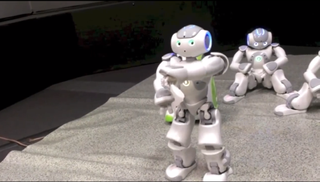
Whether or not you welcome our future robot overlords, there are some pretty bizarre machines that are already strutting their stuff. From a robotic snake that can slither or swim, to a giant Transformers-style contraption with "machine guns" for arms, here are some of the strangest robots that have ever been created.
Snake-bot
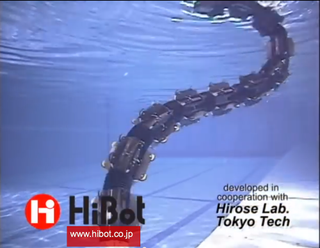
The ACM-R5 is a snakelike robot that can crawl around on dry ground or swim through water. The amphibious bot, created by Japanese company HiBot, is equal parts fascinating and terrifying as it deftly twists and turns underwater.
Kurata Robot
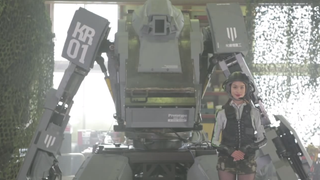
In the world of robotics, some inventions are stranger than fiction. The massive Kurata robot could easily be mistaken for the made-believe machines in such Hollywood blockbusters as "Transformers" and "Real Steel."
The Japanese robot, made by Suidobashi Heavy Industry, stands a menacing 13-feet-tall (4 meters), and is equipped with "machine guns" and "rocket launchers" in its arms (they're actually BB Guns and fireworks, which are still dangerous). These huge humanoid machines can be piloted manually from a cockpit inside the robot, or they can be controlled remotely using a smartphone.
Want your very own Kurata robot? These custom-built machines can be purchased for more than $1.35 million.
Nao Robot

French company Aldebaran Robotics, headquartered in Paris, developed an autonomous and programmable robot named Nao. This interactive bot is equipped with cutting-edge motion, vision and audio capabilities.
The Nao robot can walk on different surfaces, track and recognize faces and objects, express and understand emotions, and react to touch or voice commands. And if that's not enough, the robot can also do the Gangnam Style dance (yes, really).
BigDog
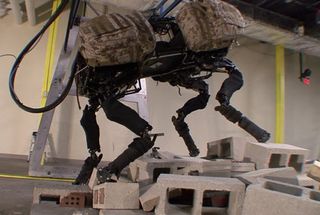
In 2005, the whizzes at Boston Dynamics created a four-legged robot, called BigDog, to serve as a robotic pack mule for the military. The project was funded by the Defense Advanced Research Projects Agency (DARPA), the branch of the U.S. Department of Defense tasked with developing new technologies for the military.
BigDog walks on four sturdy legs, and it can accompany soldiers across terrain deemed too rough for vehicles. The robot can lug 340 pounds (150 kilograms) of cargo and is capable of keeping up a pace of 4 mph (6.4 km/h).
H1N1 Flu Robot
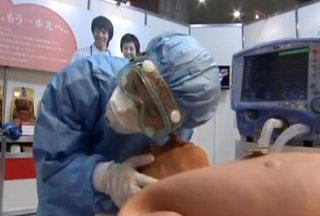
It may not be what typically comes to mind when people think of "robots," but this humanlike contraption was designed to simulate the symptoms of the H1N1 (swine) flu to help train Japanese doctors. The robot, which is covered in material resembling human skin, can sweat, cry and even convulse. If the robots do not receive proper treatment, their symptoms gradually get worse, and in some cases, they can even stop breathing and "die."
Octavia
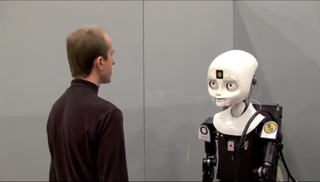
The U.S. Naval Research Laboratory's Octavia robot is a humanoid machine with perhaps some of the creepiest facial features. Octavia is a firefighting robot designed to help engineers test new technologies to assist members of the U.S. Naval Fleet.
Octavia is designed to interact with humans, and engineers are trying to develop ways for the robot to identify and track people, understand what humans say, and recognize any gestures they make. Eventually, scientists hope Octavia will be able to work shoulder-to-shoulder with human teammates, with sophisticated speech and visual recognition capabilities.
Sign up for the Live Science daily newsletter now
Get the world’s most fascinating discoveries delivered straight to your inbox.

Denise Chow was the assistant managing editor at Live Science before moving to NBC News as a science reporter, where she focuses on general science and climate change. Before joining the Live Science team in 2013, she spent two years as a staff writer for Space.com, writing about rocket launches and covering NASA's final three space shuttle missions. A Canadian transplant, Denise has a bachelor's degree from the University of Toronto, and a master's degree in journalism from New York University.